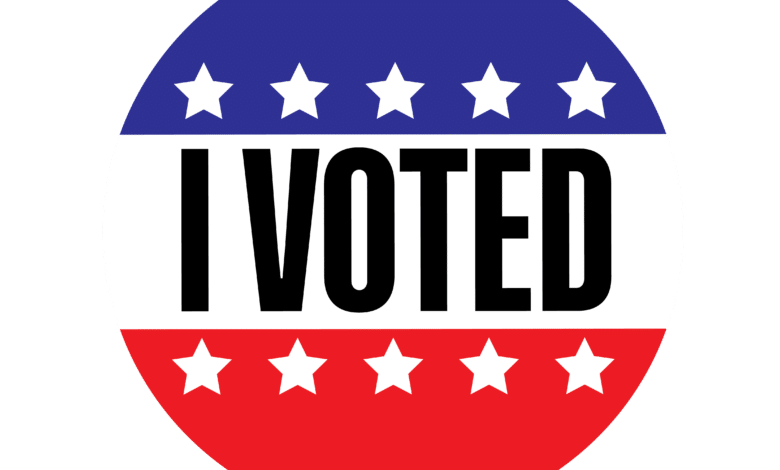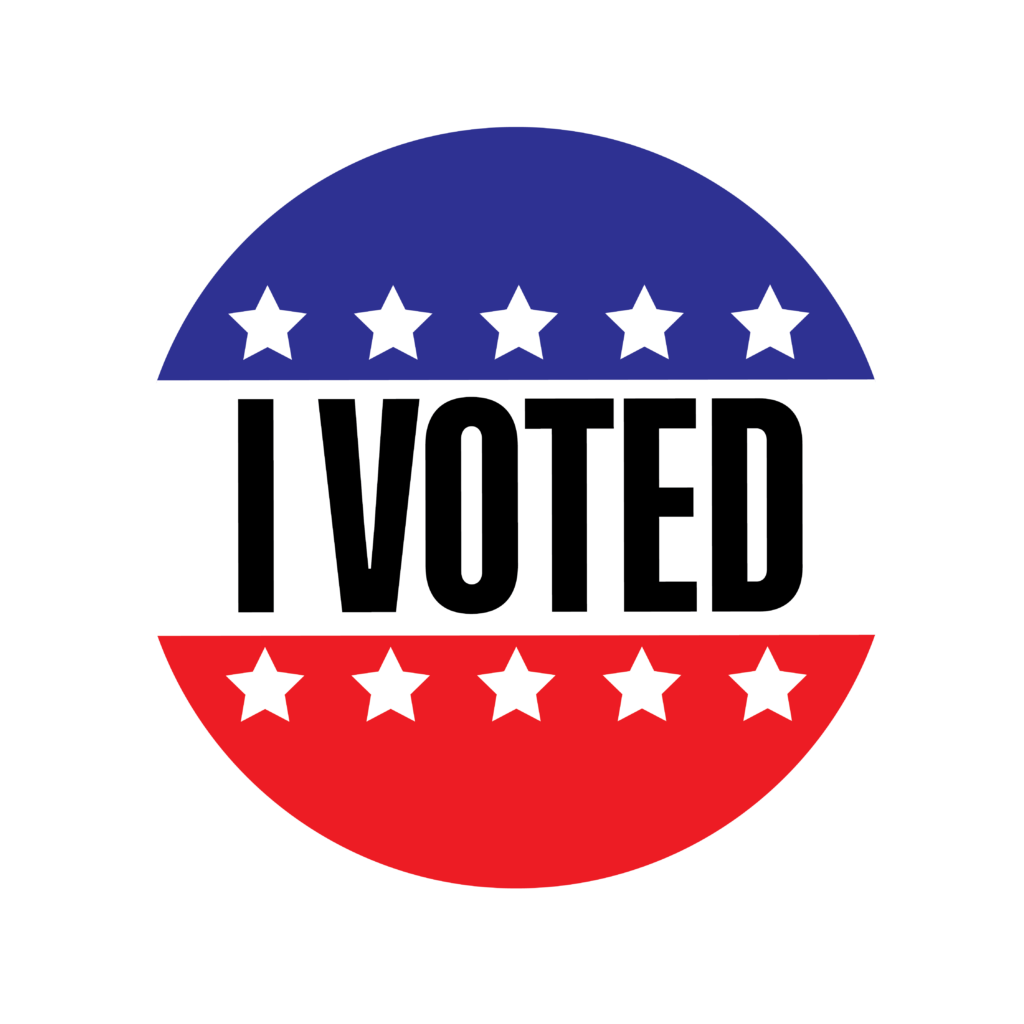
NJ Assembly elections critical to flipping political script
By Joe Seewald
As most New Jersey residents know, or at least they should, every presidential election is just an opening act for the main attraction: the election for governor of our great state.
Earlier this semester, Rider hosted all ten Republican and Democratic candidates for the first debates of the campaign. However, the election for governor is not the only election on the ballot this year. All 80 seats in New Jersey’s General Assembly are also up in 2025.
For the purpose of representation in the state Legislature, the state is divided into 40 equally populated districts, each of which elect one senator (the Senate is not up for election this year) and two members of the General Assembly. Although this chamber has had plenty of the state’s most competitive races, they have unfortunately remained under the radar of most voters. What I hope to do is to illuminate some of the marque races in some of the state’s most interesting districts this year.

Graphic by Destiny Pagan/The Rider News
First off, we have the 11th District, which compromises the sunny Jersey Shore towns like Asbury Park, Neptune and Red Bank. Historically this district was Republican for decades, but the Democrats flipped it in 2015, lost it in 2021 and then clawed it back in 2023. The Democrats won a convincing victory in 2023, but that certainly doesn’t mean they can take their foot off the gas and local Republicans in the area are gearing up for a fight.
The next district we will look at is way down south, encompassing the Camden County towns of Winslow and Waterford, along with Washington Township in Gloucester County, and Buena Borough and Buena Vista Township in Atlantic County. Like most of southern New Jersey, the 4th District has seen a rightward shift in the President Donald Trump era and along with the 2023 apportionment, some blue-leaning towns were removed and replaced with ruby-red towns closer to the Pine Barrens. Under its current lines, the district voted for former President Joe Biden by 7% in 2020 and then it went for former Vice President Kamala Harris by 2%. Democrats have represented this district for a long time and have managed to hold on, but long-term trends now require them to put significant resources into this district that they previously didn’t need to do anything to hold.
Next is the 8th District which includes most of Burlington County, excluding the towns along the Delaware River, like Medford, Evesham and Bass River. In 2023, this district sent a split delegation of assembly members to Trenton, Republican Michael Torrissi and Democrat Andrea Katz — a very rare occurrence in New Jersey. This split, paired with tight margins in the 2023 Assembly and the 2024 presidential races, gave Harris only a 2% victory. All of this, plus nearly evenly split registration data means both parties are going to be gunning to win the seat they currently do not hold. Whichever party wins this district will likely gain more than just this seat on election night.
The last two districts we are looking at are very different but are essentially mirror images of each other the 21st and the 3rd Districts. The 3rd District used to reliably be a Democratic working-class district that encompassed the southeast of Philadelphia, near the Delaware border. These towns would have given former President Barack Obama and legislative Democrats wide margins of victory but have since flipped, giving Trump a comfortable 7.5% victory in 2024 in this district. The 21st District, by contrast, encompasses affluent train station towns in mostly Union and Somerset counties, stretching roughly from Westfield to Bernards Township. This district would have given former Republican presidential nominee Mitt Romney double-digit support in 2012 but then Trump entered the arena and this district flipped, giving Biden an 18% victory in 2020 and Harris a 12% victory in 2024. What makes both these districts unique is that the 3rd District is represented by Democrats and the 21st is represented by Republicans, despite both districts looking on paper like they would back the opposite party they have representing them in Trenton. Both Assembly pairs need to be well prepared if they want to keep their seats in November’s election as both have increasingly become tougher terrain for them. If the Republicans are having a very good night we could see the Bergen county-based 36th and 38th Districts go Republican and if the Democrats are having a good night then the Morris County-based 25th District and the Atlantic county based 2nd District could very well flip but all these districts have strong long-term incumbents, so it would take a strong wave to dislodge them.
If you take away anything from this article, it’s that the 2025 election is so much more than just choosing a new governor. Like the president, the governor needs approval from the Assembly to pass his or her agenda and knowing where the competitive players and who they represent will only broaden your understanding about how state, local and national issues are addressed in New Jersey and in turn affect our daily lives.
Joe Seewald is a junior political science major



